
One of the biggest issues we have with Rommies in the home is people misinterpreting their body language, or children not understanding what a dog is trying to tell them. It is very important that you educate yourself on Dog Body Language, not just to benefit your dog, but yourself and people around you.
Dog Decoder
Dog Decoder is a website and mobile app dedicated to explaining dog body language. It is very child friendly and can be accessed via the button below.
It is highly recommended that the app is downloaded and you have a good look at the different types of behaviour dogs can display.
Fearful Signals
Many people do not instantly notice these signals and a dog could be pushed into growling or baring teeth to tell you that they are not comfortable with the interaction.
It is advised that you do not put your face into the dog's face. A dog will not bite a face unless it is too close.
Hugging your dog can be scary, extended eye contact can cause your dog to display one or more of these signals.
You may also see these behaviours occuring in stressful situations, such as visitors at the property, or being in a very busy area on a walk, or dogs rushing over to them to interact.
Allow your dog to remove themself from the room if they start to display fearful signals.

Whale Eye
More white of the eyes can be seen than usual.
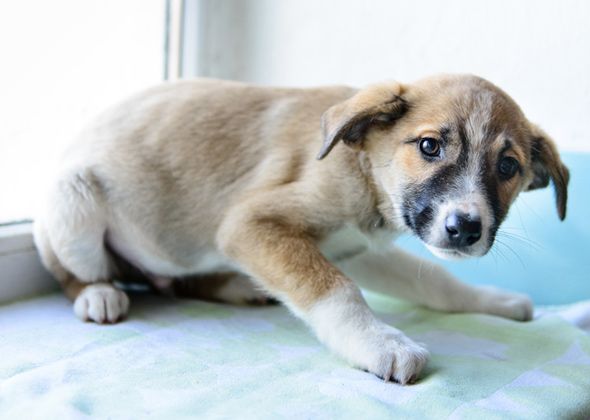
Cowering
Crounching the body down low to the ground, dogs can urinate in fear in this stance.
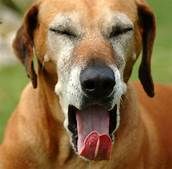
Yawning
A way to display stress and try to calm the body down.
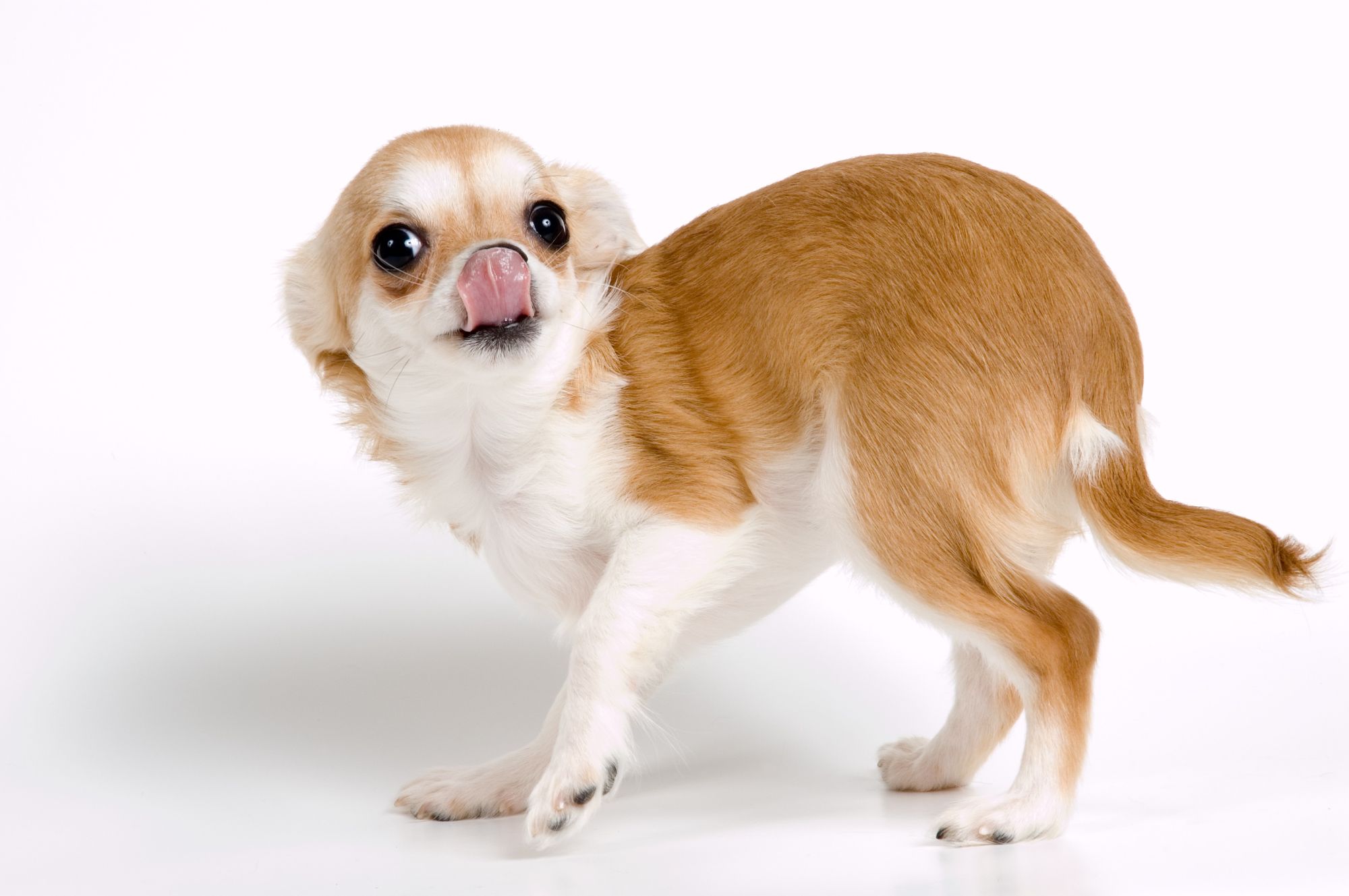
Lip Licking
This can occur when touched too, an appeasement signal telling you they are not comfortable.
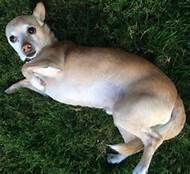
Flopping and exposing stomach
Not an invitation to touch them. This is a dog telling you that they are not a threat to you and they shouldn't be touched.

Lifting Leg
An appeasement signal letting you know that they are unsure of a situation and are stressed.
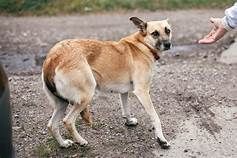
Tail Tuck
The most common signal people recognise, showing you they are frightened.

Avoiding Looking
They may avoid looking at you or turn their body away from you not wanting to interact.
Anxious Smile
Commonly confused with baring teeth. This is not an aggressive 'smile' but one to show they are uncomfortable.
"Aggressive" Signals
If the fearful signals are not listened to the dog can become very stressed and appear "aggressive", however these signals are the result of anxiety, stress and fear.
Did you know that studies show 50% of children think that dogs displaying these signals are smiling?

Growling
Could happen on their bed, if forced to be touched, telling you to back off.
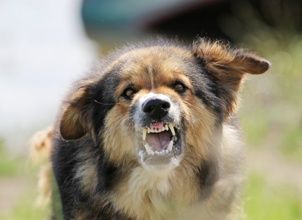
Full Teeth Bare & Growl
The dog is extremely unhappy and will bite if you attempt to touch it.
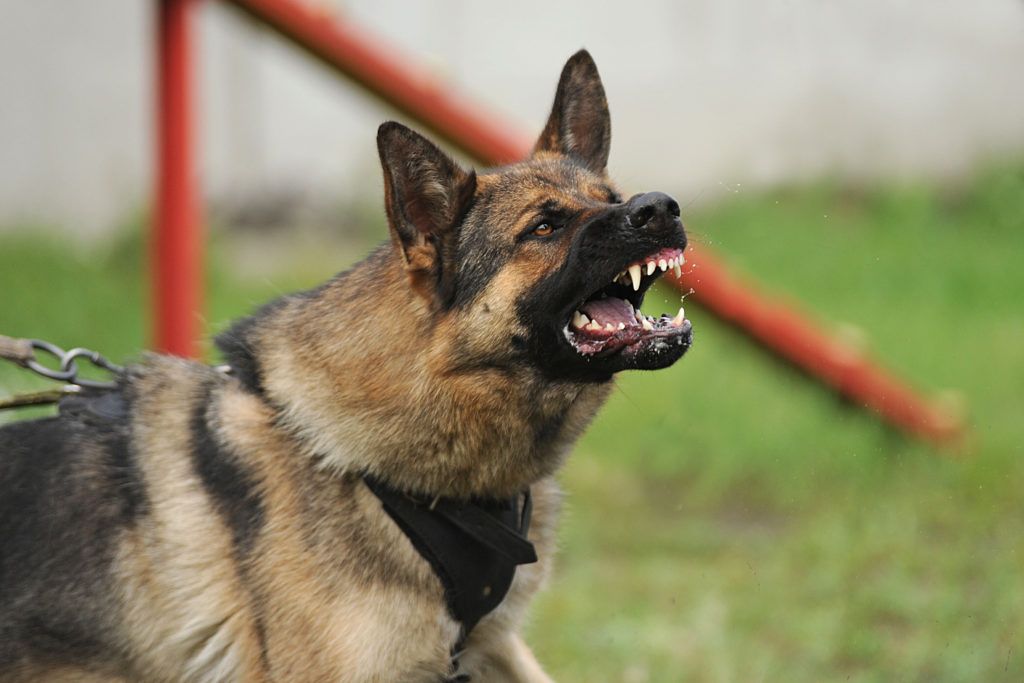
Lunging, barking & bared teeth
Do not approach the dog or attempt to touch it.
Happy Signals
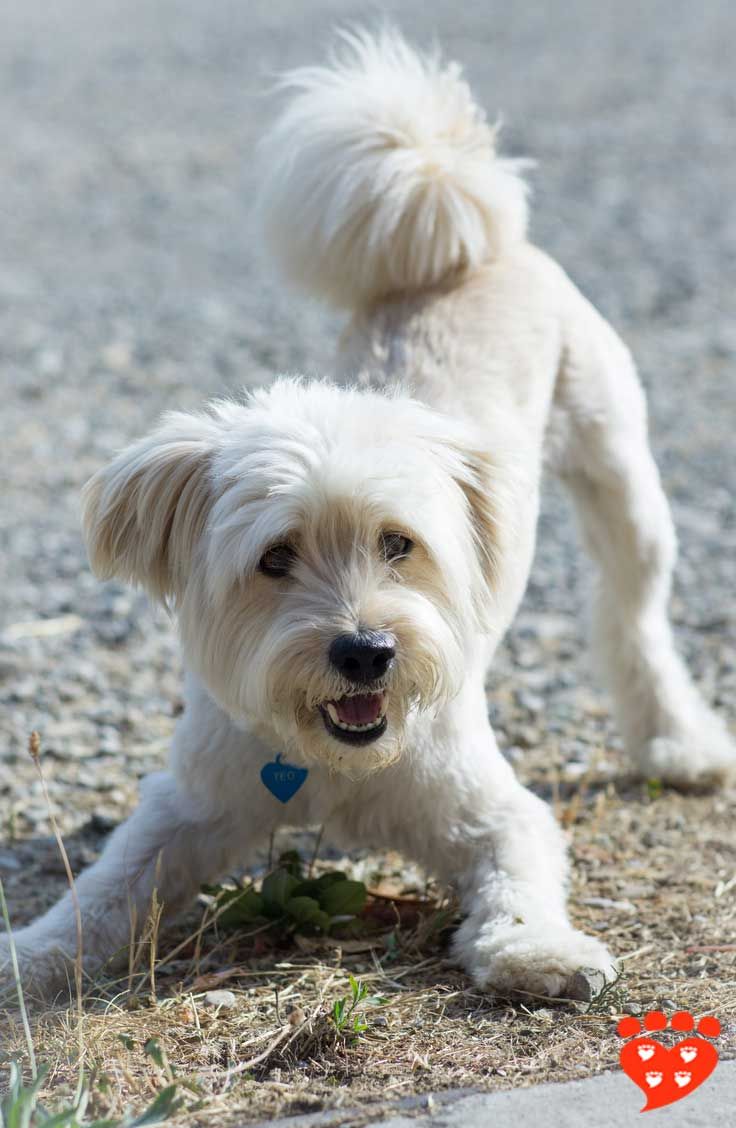
Play Bow
Shows you the dog wants to play, can commonly be seen when dogs interact with one another in a playful manner.
Tail set high, mouth relaxed.
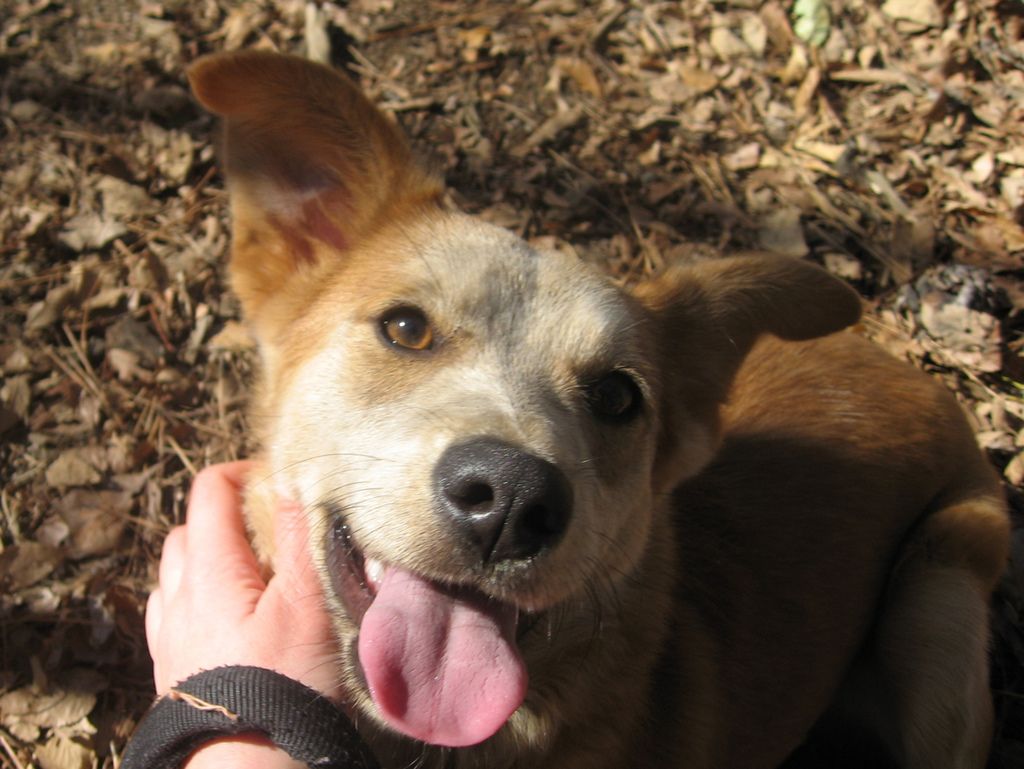
Relaxed Smile
Face looks soft and not clown-like.
If it becomes clown-like or the dog begins to lip their lips, yawn etc give them space to move away.

Relaxed Body
Happy dogs generally have much more relaxed bodies and are generally more wiggly.
Only interact with the dog if they approach you and allow them space to move if they want to.

